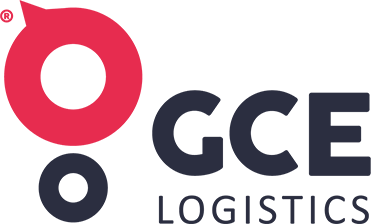What is Global Trade Management?
Global Trade Management (‘GTM’) refers to the practice of optimizing the complete lifecycle of a global trade chain that encompasses the placement of the order, its logistics, and its final settlement process. This is done to increase the efficiency of operations and subsequent cash flows. Companies that follow the philosophy of global trade as a cross-functional and system-spanning process can derive vast benefits from GTM practices. However, GTM practices involve crossing the traditional function-based silos within companies. As a result, companies may have to endure a period of poor performance that may span over years, before they can fully derive the benefits of implementing GTM solutions.
Conventional GTM systems focus on enabling organizations to comply with innumerable rules that govern how products and components cross national boundaries. While compliance is still the primary focus, several GTM system vendors are expanding the capabilities of their solutions. For example, some systems are designed with an expanded concept of compliance, which includes checking whether the products were produced, packaged, and transported according to user-defined parameters.
Other systems are adding functionality that allows for the coordination of the tangible flow of goods, grants total visibility for products and inventory, checks if the specific materials are subject to preferential treatment under trade agreements, and facilitates the processes of settlement.
Key Components of the ideal GTM solution
Currently, GTM is problematic for the majority of organizations as it is a discipline that has to be established at an enterprise-wide level. Given that the current business landscape is outsourced and decentralized, accumulating all the necessary expertise and resources for developing and implementing a global trade management program is difficult.
The success of a global trade management program lies in its comprehensiveness. The ideal global trade management program needs to accommodate sourcing, transportation, purchasing, compliance, sales, and expertise in accounting. A thorough analysis of a given organization’s procedures for export and import has to be conducted and formally documented. The procedures that are documented will require each division to develop processes and procedures that revolve around the established goals. Only then will the organization be able to develop and implement a global trade management program that is comprehensive?
Goals for implementing GTM programs
The essential goals of any global trade management program have to include:
- Compliance according to the regulations set for each commodity
- Cost efficiency in the movement of all products
- High benchmarks for delivery on time
- Striving to meet all expectations of the customer
Moreover, every step has to be traceable and checked to enable providing flawless customer service.
Managing Change
Organizations need to develop partnerships with supply chain partners who are proactive. This is the basis on which change can be managed. Proactive partners will notify you of any changes in cost variables that could significantly affect your budget, or in compliance standards, geo-political setting, or the geo-economic setting that will disrupt the existing supply chain. Given today’s complex world, there is a multitude of variables that have the potential to affect your business. By extension, it becomes imperative for your supply chain partner to consistently analyze the necessary.
Learn More about our Global Trade Solutions


Recent Comments